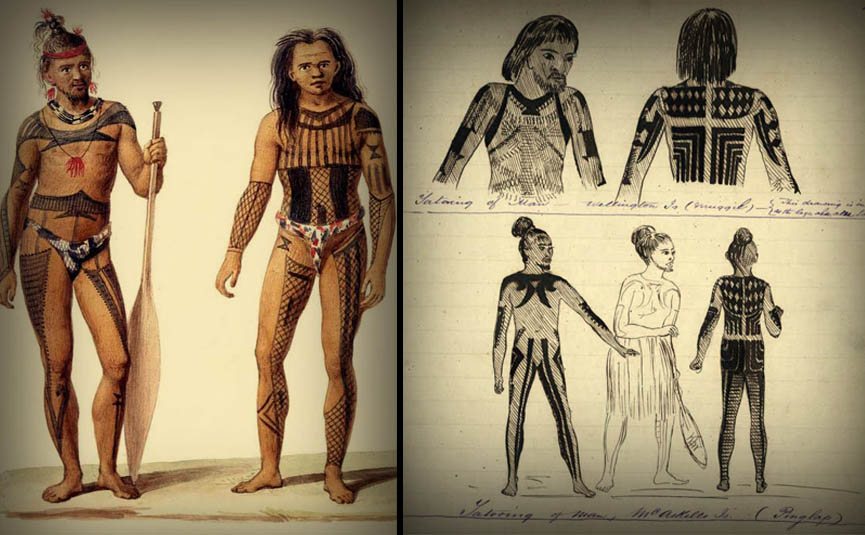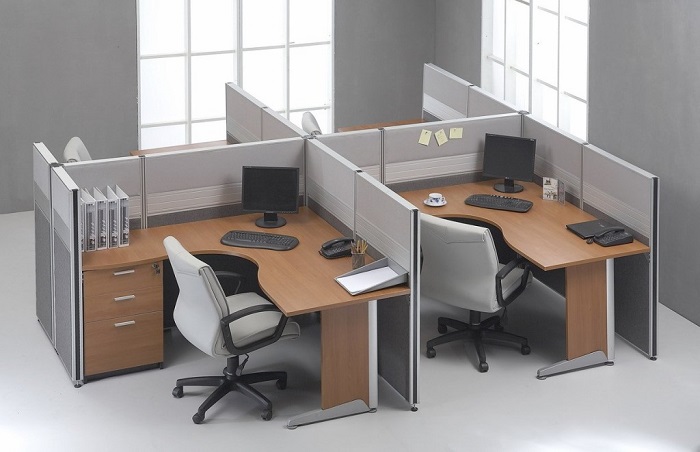If you’re a serious camper going off-grid a few times a year or like to hit the trails in your campervan now and then, you know how important it is to keep your food cool or frozen without worrying about supplies. Investing in a camping fridge is the best decision you can make to camp and stay put for a longer time. So, how can you choose the best camping fridge for your outdoor adventures?
Types of Camping Fridges
There are three types of camping fridges and freezers: compressor, absorption, and thermoelectric. Each is suited to different ways of use. Knowing how each type functions can help you choose the best refrigeration solution for camping. Additionally, when you know the differences and why you’ll benefit from using a particular fridge type over another, it’ll be easier to decide on the right option.
Compressor Fridges
As they’re extremely power-efficient, compressor fridges will suit most outdoor adventurers. Most of the time, these refrigerators only draw 1-2 amps per hour and can be powered by 12 or 240 volts. To put that into perspective, an interior light in a typical car will consume 1 amp per hour.
Most compressor fridges work happily on 12 volts. Depending on the size of your car’s battery, such a fridge should be able to run for several hours without any real risk of completely draining the battery.
Compression fridges are the ideal choice when you have a solar power solution and want to stay put for an extended period. Also, if you’re looking for a fridge freezer for camping, chances are that it’s going to be a compressor type.

Absorption Fridges
This type of fridge for amping uses heat exchange and refrigeration gas to keep its interiors cool, a procedure that involves cooling down after boiling liquid ammonia.
It operates on gas most effectively and efficiently by burning only a small amount of it to power its internal boiler. Since the gas flows through the cooling system, you must level it to perform its best.
Absorption, or three-way refrigerators, are less effective on 12 volts because of how they operate. Depending on the size of the fridge, they typically use 8 to 12 amps per hour, making them the best for longer-term camping in one location.
Thermoelectric Fridges (Cooler Warmers)
Thermoelectric refrigerators, also known as coolers, are similar to absorption refrigerators in way that they don’t have any moving parts. They work by using a thermoelectric plate, which transfers heat from one side to the other when electricity passes through it, which cools one side during the process.
These refrigerators use a lot of power because of their design. They’re also not very efficient, and depending on the size of the thermoelectric plate, they can only cool to a certain degree below the ambient outside temperature.
When 240v main power is available, thermoelectric refrigerators work best for transporting food between locations, for example, between hotels, campgrounds, etc.

How Big Should My Camping Fridge Be?
Determine the capacity of your camping fridge based on how you plan to use it. That entails considering the number of users, desired durability, and available space in your vehicle for the cooler. A good thing to know is that larger fridges may have more storage space, but they also draw more voltage output.
When comparing models, notice their size shown in litres:
- Small portable fridges have a capacity of 14-35 litres, meaning they’re compact units, handy for keeping a small amount of food and drink cool, maybe for a single person’s daily needs.
- Medium portable fridges have a 36-50 litre capacity and are the most common portable fridge size. They’re great for couples at a long weekend away, while the 50L models are also suitable for a family weekend trip or a couple’s whole week getaway.
- Large portable fridges have a capacity of 51-80+ litres; they’re big on space, accommodating a large family’s camping trip for longer than a long weekend. If you’re planning a multi-family trip, then choose such a large fridge freezer for camping.
If you want to stay light when packing for camping and use dehydrated foods and powdered milk/smoothies, you’ll need less fridge space than people taking fresh food.
Key Features to Consider
Fridge, Freezer, or Both?
Before buying the fridge, check its specs because many models might not have freezing capabilities. While standard fridge/freezer options can only function as one of the two appliances, a fridge or a freezer – at once, a dual-zone camping fridge has two compartments that can each operate independently in any combination.
Weather Resistance
Keep an eye out for portable fridges that offer increased resistance to the elements if your fridge will need to withstand a lot of mud, dust, and water splashes. Buying a high-quality fridge resistant to the elements is the only way to make the most of this must-have camping accessory.
Durability
Similar to the previous point, choose a camping fridge with a durable construction, including tough hinges and casings, if likely going to be subject to shocks and bumps. Consider it a good sign if the fridge can support a person standing on it.

Mounting Hardware
Depending on where you intend to keep and transport your fridge, you may require some mounting hardware as a brave explorer. Whether for your car or camper, mounting kits can secure your fridge to prevent accidents, ensure it operates at peak efficiency, and make for simpler access.
Battery Protection
Thanks to the battery protection technology, most camping fridges are only secure when connected to your car battery. Opt for variable protection that guarantees the safety of both your battery and the compressor. Your battery won’t run out of power if you buy models that shut off at a high voltage.
Smart-Tech Options
Some portable fridges have various tech features, such as a USB port for charging your phone and other devices and a Wi-Fi app for wireless connectivity.















